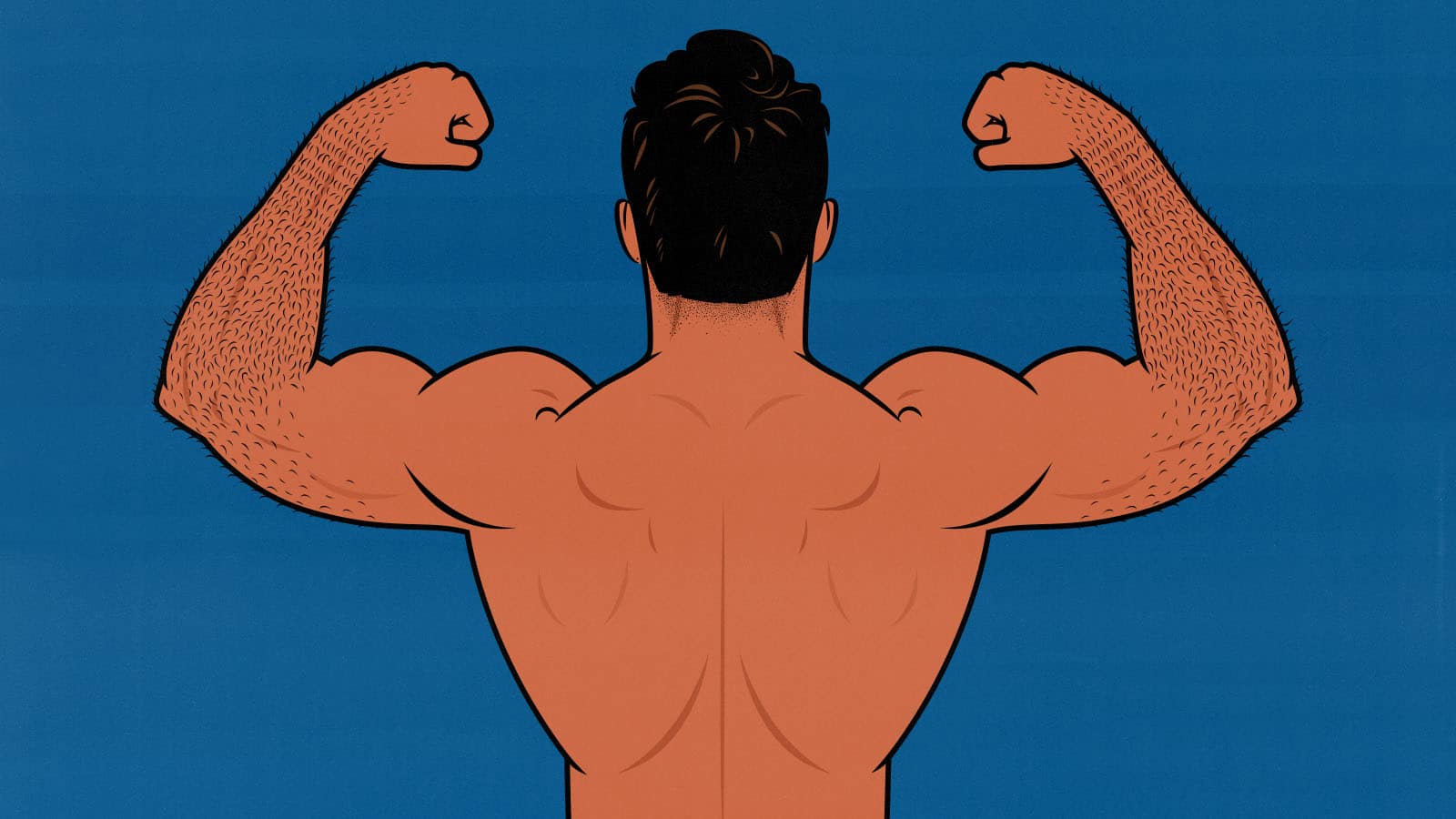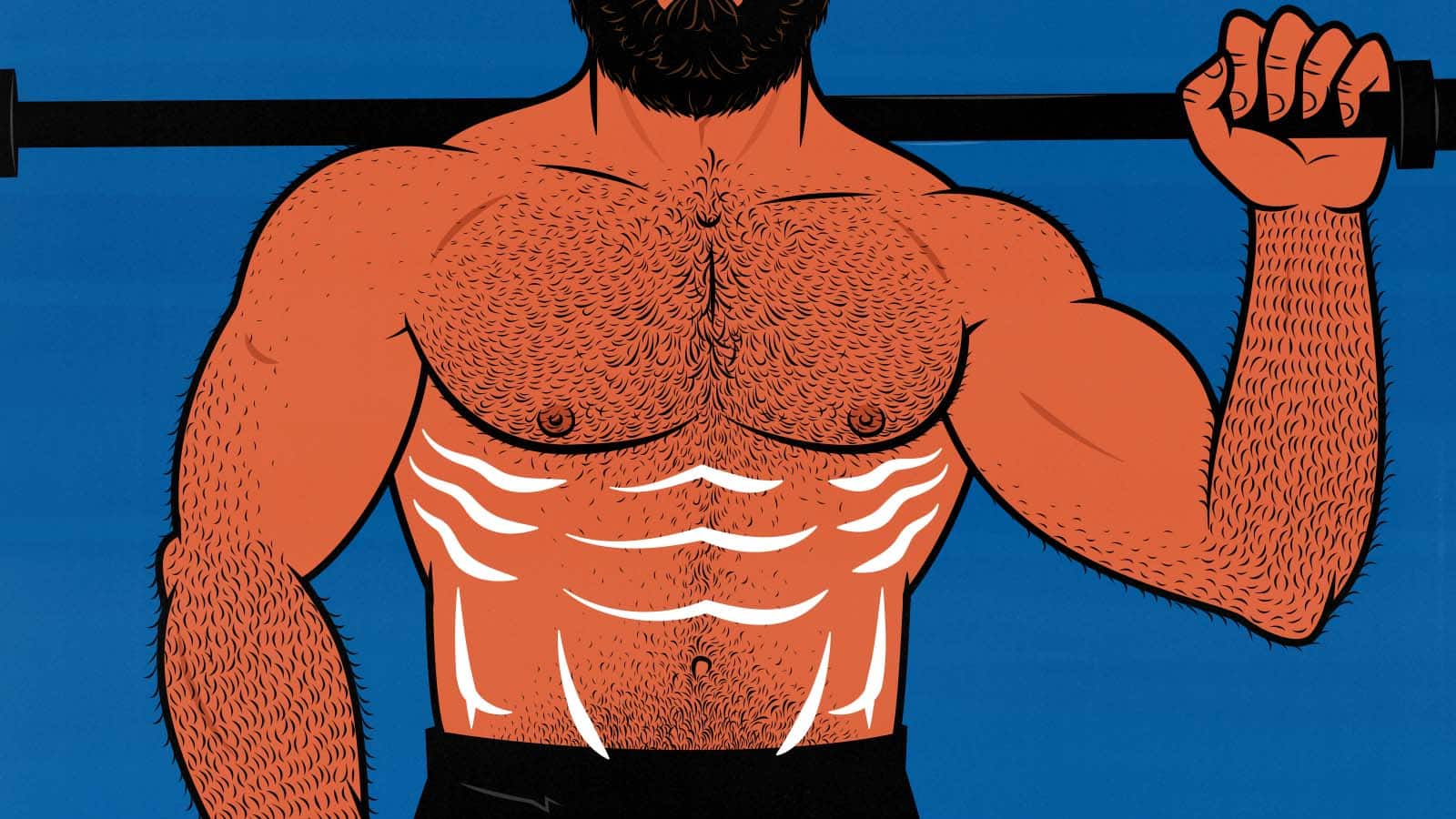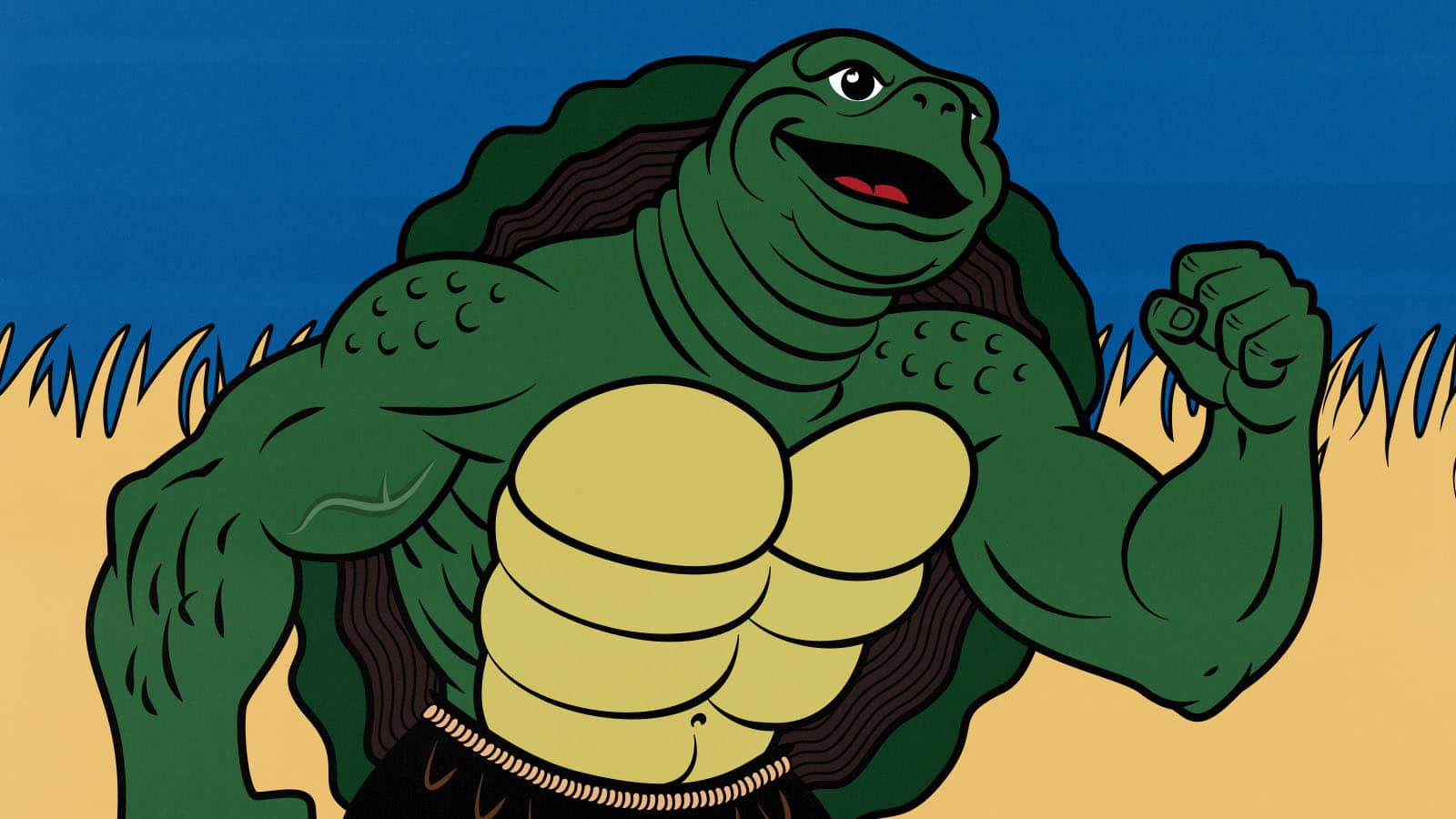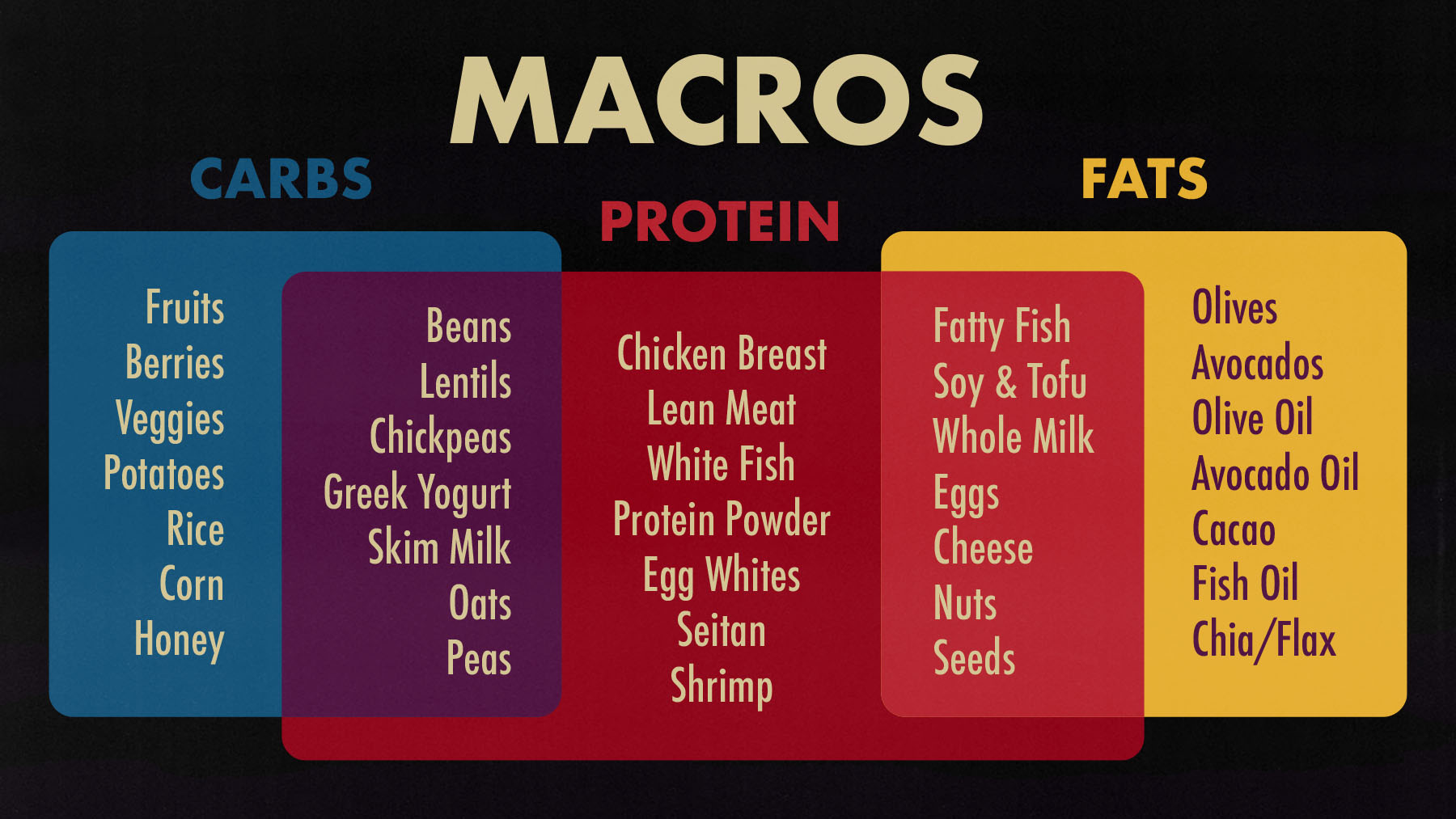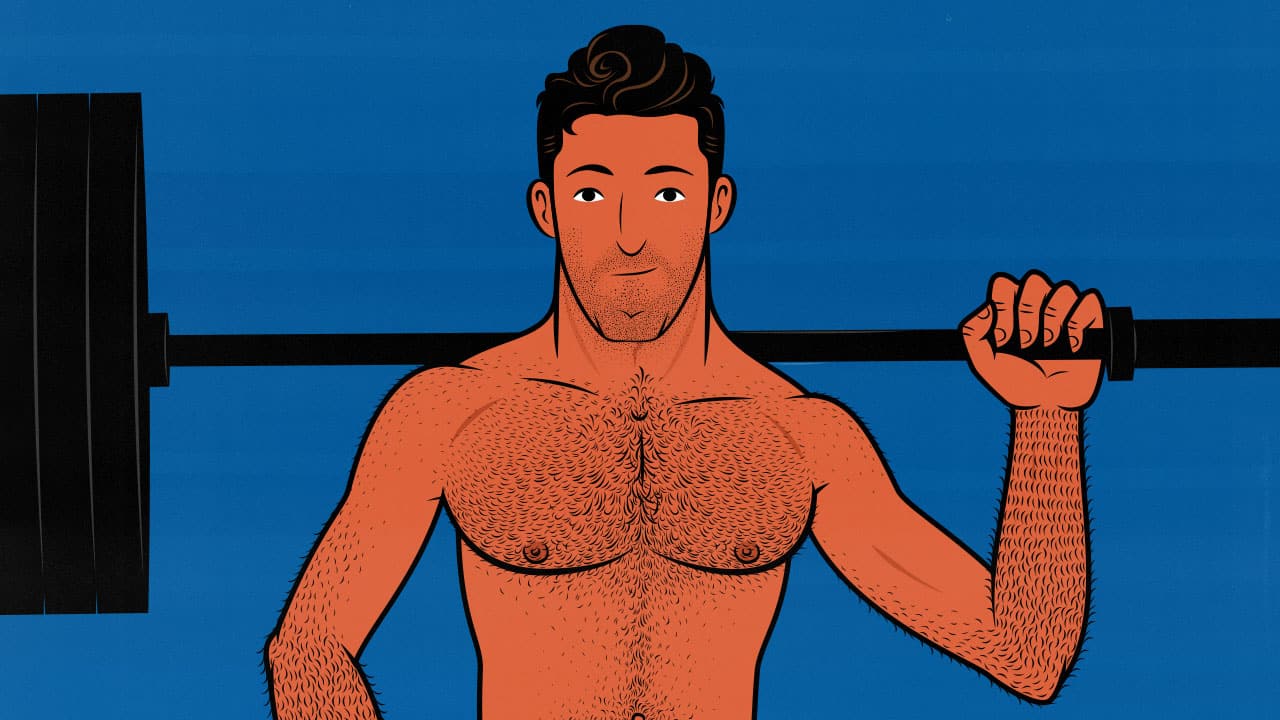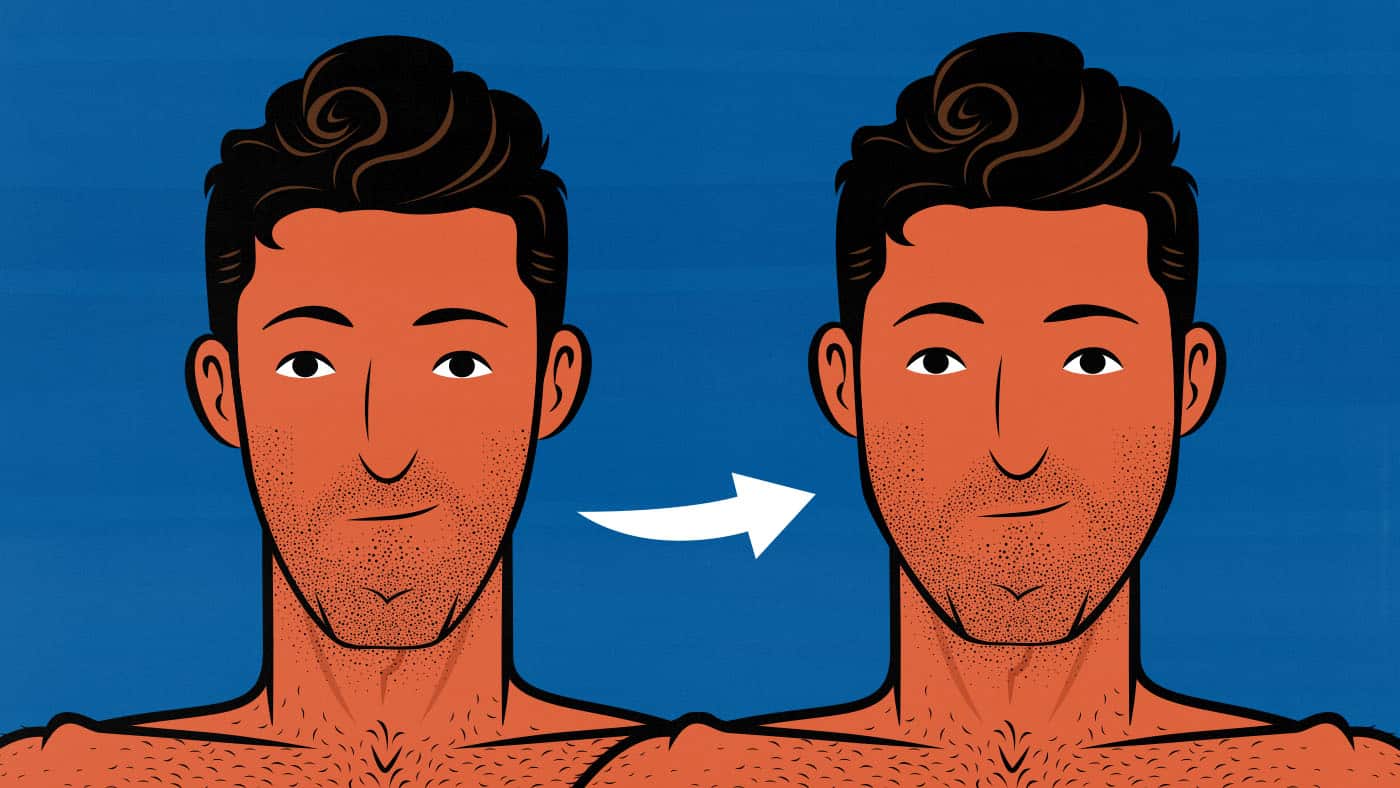Articles
How to Build a Bigger Back: The Best Back Exercises & Workout
You can build a bigger back by doing a mix of horizontal pulls, vertical pulls, and deadlifts. Your back is made up of layers of overlapping muscles, all of which can work together, but many of which have different functions.
You could divide your back into your upper back (traps, rear delts, rhomboids, and teres major) and lower back (lats and spinal erectors), but even within the same back muscle, different regions respond better to different exercise variations. For example, your upper lats have a slightly different function from your lower lats.
You train your upper back and lats by combining vertical pulls (like chin-ups) with horizontal pulls (like rows). Adding a deadlift variation will take care of your lower back, giving you a thicker back. But it also helps to consider whether you’re tucking or flaring your elbows and whether you’re stretching and contracting your shoulder blades.
Delve DeeperDoes Creatine Make You Gain Weight?
Supplementing with creatine will probably make you gain about 2 pounds in 12 weeks. There are two big meta-analyses on creatine (Burke, Branch). Both found that creatine causes a man of average size to gain 2 pounds, with roughly 1.5 pounds from water retention, 1.5 pounds from muscle growth, and -1 pounds from fat loss.
That means creatine can make you gain weight in a calorie deficit. Losing a pound of fat burns about 3,500 calories. Gaining 1.5 pounds of muscle takes around 1,200 calories. The water retention doesn’t take any calories. That means the average study participant had a calorie deficit of 2,300 calories while gaining 2 pounds on the scale.
The amount of weight you gain can vary. Most people gain a couple of pounds, but for an extreme example, my roommate back in university gained 8 pounds after a week of supplementing with creatine. He was doing a “loading phase,” taking 5 grams of creatine four times per day, and he had an exaggerated response to it. During that same week, I took the same amount of creatine and didn’t gain any weight at all.
This makes creatine confusing. Creatine is great for building and maintaining muscle, making it a great supplement for both bulking and cutting. But since it causes a somewhat unpredictable amount of weight gain, creatine can make it hard to tell how big your calorie surplus or deficit is, making it hard to know if you’re eating the right amount of food.
Here are some tips.
Read MoreDoes Bulking Make You Stronger?
Bulking is the best way to get stronger, especially if you’re thin or lean. If you’re skinny fat or overweight, you can burn that extra fat for energy, allowing you to build muscle without needing to bulk. That’s called recomping. Even then, you’ll eventually run out of extra fat, at which point you’ll need to bulk to continue getting stronger.
Bulking makes you stronger in two different ways:
- Bulking supports muscle growth. Bigger muscles have more horsepower, giving them a greater potential for strength. But building muscle is a costly process. A pound of muscle takes about 800 calories to build, and if you’re a naturally thin guy (like me), it might take closer to 2,800 to overcome your hellish metabolism. That’s why bulking is so helpful.
- Bulking improves performance. Eating more food gives you more energy and pumps your muscles full of glycogen, giving them fuel, improving your workout performance, and increasing your rate of muscle growth. Energy is powerful.
If you finish bulking and switch to cutting, that change in calorie intake can reduce your strength, even if you don’t lose any muscle. For example, it’s common to gain a tremendous amount of bench press strength while you’re bulking, then lose some of it while cutting afterwards.
But there’s a strange myth that building bigger muscles won’t make you stronger. That sounds crazy, but there are some top researchers citing real studies (like this one). Most recently, during an interview with Dr. Peter Attia, the blood flow restriction researcher Dr. Jeremy Leonneke said he’s skeptical that building bigger muscles increases strength.
Let’s delve into it.
Read MoreHow to Cut After Bulking
There’s a long tradition of bulking up and then cutting away the fat. It’s popular with all types of lifters, from bodybuilders to powerlifters, because it’s the most reliable way to build muscle and then get lean. Body recomposition and maingaining can also work well, for a time, but bulking and cutting are more powerful.
I’ve bulked and cut a few times, gaining 70 pounds at the same body fat percentage I started at. I’ve also helped a few thousand clients do it over the past decade. I’ll show you the before-and-after photos below.
Before we start, you probably have some questions. So, let’s blast through the most common ones:
- Maintenance periods after bulking to “lock in” your muscle mass. The idea is that it takes a few weeks or months for your new muscle to cement into place. So, by delaying your cut, you’d keep more of your hard-earned muscle. There’s no evidence for this, and it probably isn’t necessary.
- High-rep sets to focus on muscle definition. The idea is to switch from 6–12 reps per set to 15–30 reps. This was thought to give greater muscle definition. Both rep ranges are great for stimulating muscle growth, but high-rep sets can be absolutely miserable, especially when you aren’t eating as much food to fuel your workouts.
- Short rest periods. The idea is to use shorter rest periods to boost growth hormone, improving muscle growth and retention. The “hormone hypothesis” of muscle growth was mostly debunked, but short rest times can be effective if you program them properly.
- More ab training. Bodybuilders used to think you could train your abs to burn more ab fat (spot reduction). That myth died a decade ago. You could still train your abs to build bigger abs, but cutting makes it harder to build muscle, so you’d get even better results by training your abs while bulking.
- Shorter workouts to match your lower energy levels. When you’re cutting, you’re eating less food, so you have less energy. That can make it harder to survive big bulking workouts. Thus, cutting workouts are often shorter and easier. That makes sense, but it’s tricky, so we’ll talk about the pros and cons below.
- Long walks to burn fat faster. Cardio burns far more calories than lifting weights, making it easier to lose weight. Plus, most cardio adaptations are enhanced by losing weight. You can finish your cut with a higher VO2 max, a lower resting heart rate, and better performance.
- Cutting carbs (and ketogenic diets). The idea is that carbs are good for building muscle (true) but make it harder to lose fat (not true). Carbs are just as powerful while cutting. However, when you cut calories, you need to cut back on something. It’s usually best to cut back on both carbs and fat, but some people find it easier to lose weight on low-carb diets.
- Carb cycling. Some bodybuilders try to get the best of both worlds, eating low-carb diets on rest days, but eating more carbs in the meals before and after their workouts. That way, they show up to the gym with full muscles and higher energy levels. There’s some evidence to support this. Even the taste of carbs improves workout performance (study, study). It’s a good option to consider.
- Intermittent fasting. About a decade ago, bodybuilders started eating fewer meals instead of smaller meals because they thought it would improve their growth hormone production. That didn’t pan out, but intermittent fasting might help you control your appetite. It’s an option.
- Refeeds to revive your metabolism. Refeeds can give you a psychological break, and they might boost your metabolism a little bit during the refeed, but your metabolism will wither away again when you go back to cutting (meta-analysis). The best way to keep your metabolism high is to keep your activity levels high. More on that below.
We can keep the best methods, get rid of the worst ones, and build them into a balanced cutting routine.
Read MoreMaingaining: How to Build Muscle Without Gaining Fat
Maingaining is when you slowly build muscle without gaining fat. It’s usually set in opposition to bulking, where you eat in a calorie surplus to support muscle growth. Bulking is a more powerful, reliable way to build muscle, but it often comes at the cost of gaining body fat. Maingaining is supposed to solve that problem.
Up until a few years ago, “maingaining” was called “gaintaining.” I think it was Greg Doucette who flipped it around, and he caused enough controversy that it became the more popular term. The controversy had less to do with maingaining and more to do with the false claims he made to sell his fake turkesterone supplements.
Still, much of the internet’s ire landed on maingaining. Some argued it didn’t work. Most argued that it was a confusing way of combining body recomposition (where you build muscle while losing fat) with lean bulking (where you bulk slowly and leanly).
However, both body recomposition and lean bulking can work quite well. Combining them both together can be quite effective, especially under some circumstances.
Read MoreHow to Count Macros: Beginner Guide
Counting macros is when you count how many grams of protein, carbs, and fat you eat. You can do that by looking at nutrition labels, weighing your food, or following recipes with pre-calculated macros. Most people plug those macros into a calorie-tracking app.
Tracking macros used to be a bodybuilding thing, but it’s become more popular over the past few years. The idea is that you need certain amounts of calories, protein, carbs, and fat to build muscle, lose fat, and be healthy. That’s true, kind of.
Macros are important, but it isn’t hard to get them right. Most cultures have found ways to eat balanced diets. Your appetite is pretty good at asking for the nutrients you need. And most macro targets are pretty forgiving.
Here’s what you need to know.
Read MoreCan You Be Skinny and Strong? Yes, Kind Of
Some skinny guys with good strength genetics are stronger than they look. However, they would be even stronger if they built more muscle.
I’m a naturally skinny guy who was underweight into his twenties and then gradually gained 70 pounds. I’ve struggled to bench press an empty barbell. I’ve also benched 315 pounds. Gaining weight and building muscle is what made the biggest difference.
This is surprisingly controversial, and I see why, so let’s go deeper.
Read MoreHow Fast Should You Gain Weight While Bulking?
Bulking faster almost always causes faster muscle growth, but if you bulk too fast, you’ll gain more fat. Bulking slower gives you a better chance of making lean gains, but you’ll also build muscle more slowly, and you might go through periods of not building any muscle at all.
Most people split the difference, bulking at a moderate pace. I didn’t. I was desperate not to be skinny anymore, so I gained weight as quickly as I could, gaining 20 pounds in 3 months (1.5 pounds per week). That’s 3 times faster than most experts recommend, but I finished leaner than when I started.
Since then, I’ve helped over 10,000 other people bulk up at varying paces and tracked their results. Most guys who want to bulk up are thin, but I’ve also coached hundreds of skinny-fat and overweight people. It’s easy to see the patterns.
There are some interesting studies we can look at, too. In particular, the famous Ribeiro study.
Read MoreHow Fast Can Skinny People Build Muscle?
I want to talk about how quickly skinny people can expect to build muscle. It’s a contentious topic. I’ve gained 70 pounds and spent the past decade helping over ten thousand skinny people bulk up, and I’ve noticed that most experts either get this wrong or forget to even mention us.
Most experts warn that gaining weight too quickly will make you fat, but they’re almost never talking about skinny people. When I ask them specifically about skinny people, their answer usually changes, sometimes quite dramatically.
Read MoreCan Chewing Gum Bulk Up Your Jawline?
I don’t have a strong jawline. My jaw just blends straight into my neck. I’ll show you in a second. But I wasn’t particularly bothered by it. George Lucas created wonderful things without a chin, so I didn’t see why I needed a jaw. Still, whenever I saw an ad about chewing on rubber Jawzrcise balls, I was tempted.
The problem with those Jawsrcise balls is that they don’t replicate regular chewing patterns. They do stimulate some of our chewing muscles, but they might also create imbalances, changing how you bite, and potentially causing problems. I confirmed this with an orthodontist. More on that in a moment.
Chewing gum is much more promising. You chew it just like you chew regular food, and it does a great job of working your muscles of mastication (including your masseters). Chewing gum could help your jawline, but it depends on what type of gum you chew and how you chew it.
Read More
